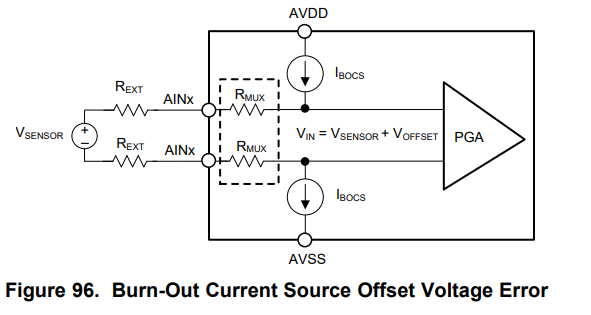Hi team,
Good day.
In the datasheet, it was stated that "The PGA and modulator are chopper-stabilized at high frequency in order to reduce offset voltage, offset voltage drift and 1/f noise". What is the chopper stabilization frequency? It is the same as the fCLK Frequency which is typically 7.3728 MHz?
Regards,
Carlo


